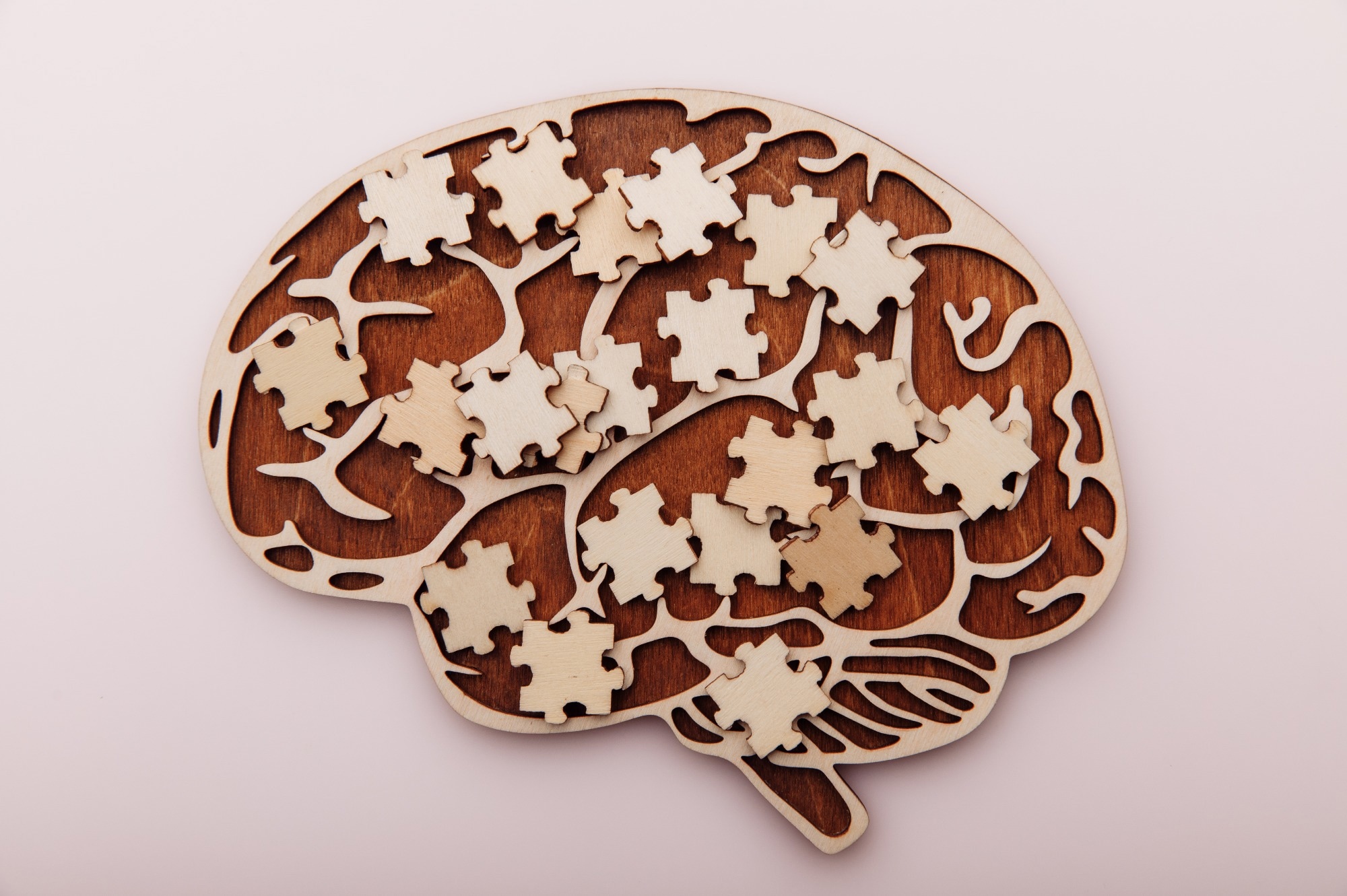The emotional dynamics of memory

A recent Nature Communications study investigates how emotional dynamics transform experiences into memorable events.
 Study: Dynamic emotional states shape the episodic structure of memory. Image Credit: Burdun Iliya / Shutterstock.com
Study: Dynamic emotional states shape the episodic structure of memory. Image Credit: Burdun Iliya / Shutterstock.com
How are emotions and memory connected?
Memories do not always reflect the continuous flow of experiences. Everyday memories are woven into meaningful units or episodes. This system of event segmentation enables the constant categorization of sensory information into meaningful episodes.
All experiences are stored durably so that they can be assessed whenever required. The process of event segmentation is automatic and ubiquitous and could be treated as a foundation of healthy cognitive function.
For many years, scientists have been interested in discerning and characterizing the factors associated with the organization of episode memory.
The memory-chunking process is heavily dependent on the temporal stability of various contexts. Previous studies have shown that items encountered in similar or stable contexts, such as materials present in the same room, become linked together in memory.
However, when the context undergoes abrupt changes such as crossing a doorway to enter a new room, the item encounters event segmentation in memory. This “event boundary” defines the transfer from one meaningful event to another.
Several studies have reported that contextually distinct events are associated with fluctuations in the external world. Emotions provide a strong internal context for memory segmentation across time; therefore, it is also important to understand how emotional fluctuations or inner-world events impact the episodic structure of memory.
Although many studies have investigated how emotional experiences are transformed into the most enduring and prominent memory, few studies have analyzed the role of emotions in shaping memory structures.
Pupil-linked arousal levels are strongly linked with temporal order memory. Neurocognitive models of arousal provide insights into the elevated state of mental activation and memory function.
Arousal systems are used to analyze moment-to-moment fluctuations, which indicates the presence of salient information. This system also enables the analysis of the process that categorizes information into memory.
Valence is another factor associated with positive and negative emotions and influences the quality of episodic memory. Previous studies have shown that negative emotions may increase event segmentation effects in memory by disrupting sequential processes. In contrast, positive emotions intensify the scope of attention and increase associative memory.
About the study
The current study aimed to understand the impact of dynamic emotional shifts in organizing distinct and memorable events. To this end, the researchers hypothesized that emotional dynamics might serve as another context form that can bind or separate adjacent episodes into contextually distinct memories.
A total of 96 young and healthy participants with a mean age of 27 years were recruited. Study participants were recruited using Prolific, a website that connects eligible candidates with researchers.
For this study, music composers were recruited to write new musical compositions that evoke basic emotions such as joy or sadness. Study participants were asked to listen to different songs while studying sequences of neutral object images and their responses were encoded. Event segmentation effects were analyzed using subjective and objective measures of temporal memory.
A novel emotional tracking tool known as the Emotion Compass was designed to measure moment-to-moment changes in subjective emotional experience during encoding. This tool recorded continuous ratings of emotional valence and arousal. Change-point analyses were used to detect structured memory patterns.
Study findings
After day one of the study, nine participants failed to complete the task and six participants did not meet the inclusion criteria of above 50% accuracy on temporal memory performance. The remaining 81 participants were subjected to the day two task, after which 72 participants successfully completed memory tasks and progressed to memory analysis.
Emotional dynamics were found to mold otherwise neutral experiences into meaningful and memorable events. Continuous and discrete changes in music-evoked emotions elicited separation effects in memory. The effects of items linked to different emotional contexts were indexed by subjective time dilation and impaired temporal memory.
These findings indicate that a positive valence increases associative encoding processes, whereas highly negative valence promotes the binding and compression of memory. Event segmentation occurs when the positive valence shifts towards a negative emotional state.
Memories of item information that coincide with valence boundaries or musical boundaries were enhanced for prolonged periods. More specifically, items associated with positive emotional states were associated with long-term memory.
All boundary types enhanced long-term memory based on the item’s original temporal context. Items that co-occurred with emotional context shifts and those that were arousing and positive were subjected to long-term memory.
Conclusions
The current study highlights how music shapes the structure of long-term episodic memories. Whereas positive emotional states promote long-term integration of information in memory, negative valence states contribute to memory separation.
In the future, more research is needed to assess whether emotion-related interventions could promote positive health outcomes.
- McClay, M., Sachs, M. E., & Clewett, D. (2023) Dynamic emotional states shape the episodic structure of memory. Nature Communications 14(1);1-16. doi:10.1038/s41467-023-42241-2
Posted in: Molecular & Structural Biology | Medical Science News | Medical Research News
Tags: Cognitive Function, mold, Research

Written by
Dr. Priyom Bose
Priyom holds a Ph.D. in Plant Biology and Biotechnology from the University of Madras, India. She is an active researcher and an experienced science writer. Priyom has also co-authored several original research articles that have been published in reputed peer-reviewed journals. She is also an avid reader and an amateur photographer.